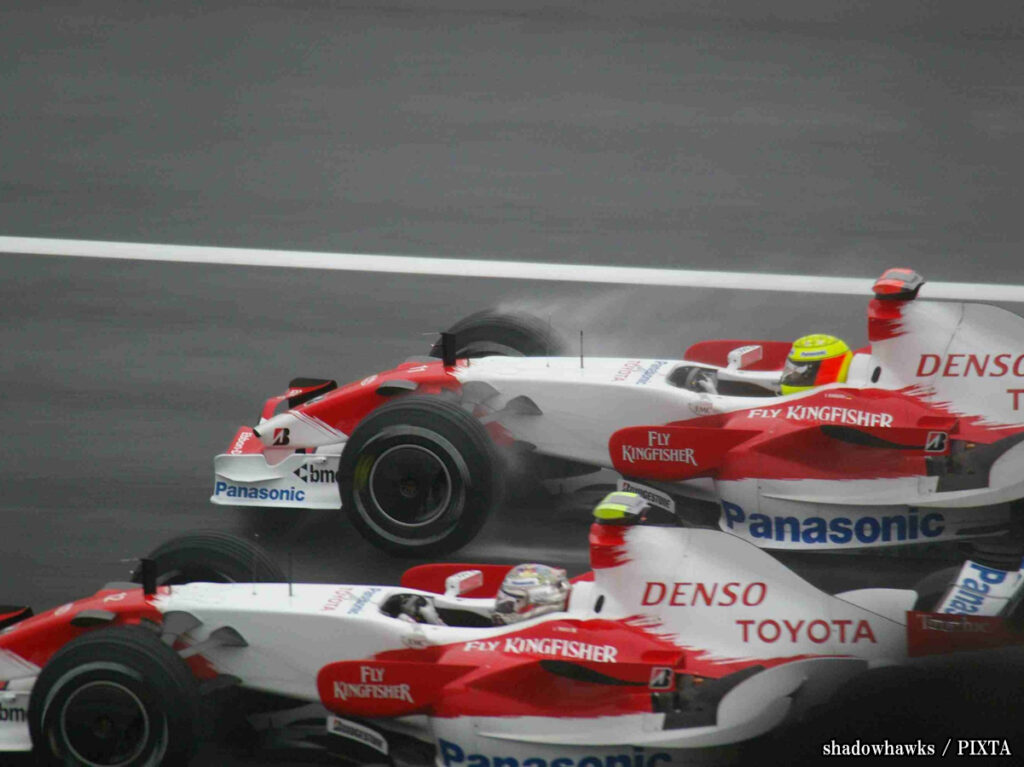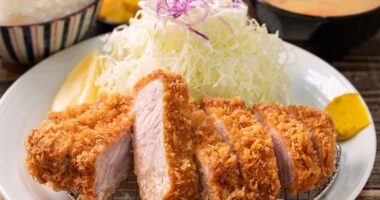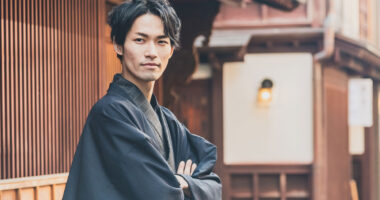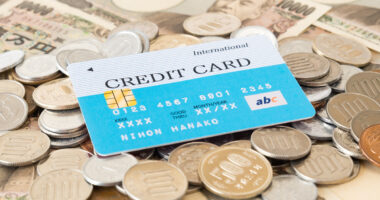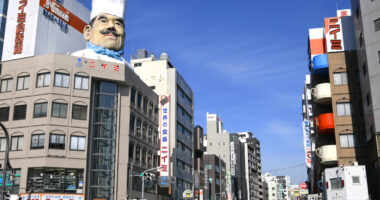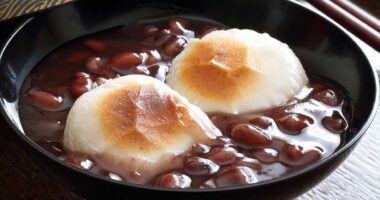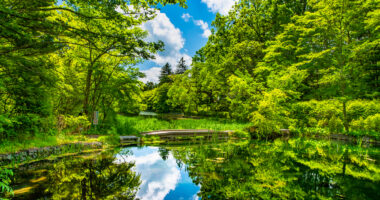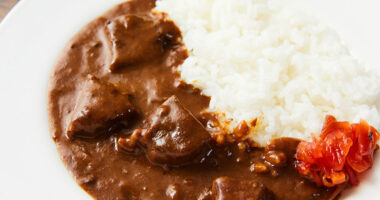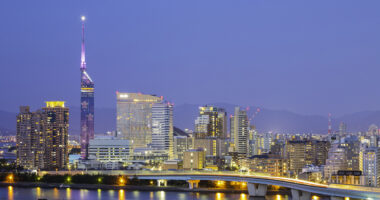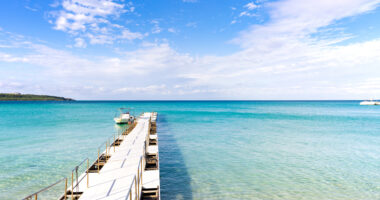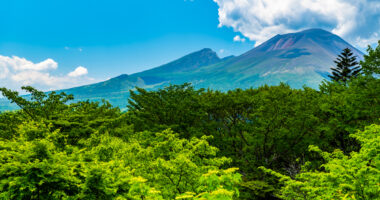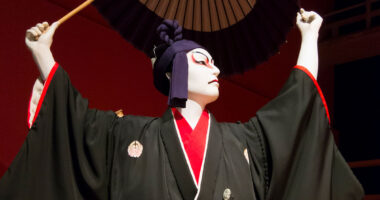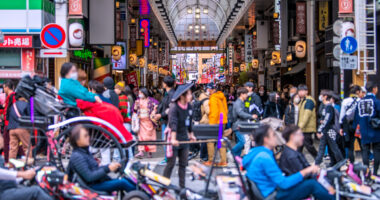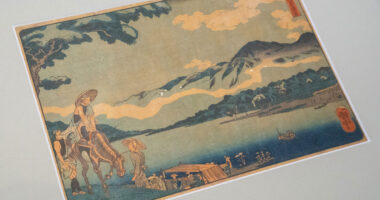Attending the Formula 1 Japanese Grand Prix is a thrilling experience, especially for first-timers. The roar of the engines, the blur of speed, and the energy of the crowd at Suzuka Circuit make it one of the most iconic events on the F1 calendar. If you’re planning your first trip, knowing what to expect—from buying tickets to transportation options—can make all the difference. This guide walks you through the essentials to help you get the most out of race weekend.
- When and where: 2025 schedule and Suzuka circuit overview
- How to buy tickets and choose seats
- Transportation to Suzuka: train, car, and shuttle options
- What to bring, wear, and expect at the venue
- Where to stay and what to do around Suzuka
- Final thoughts: Make the most of your first F1 experience in Japan
When and where: 2025 schedule and Suzuka circuit overview
The Formula 1 Japanese Grand Prix is a staple of the global motorsport calendar. For the most accurate and up-to-date information on dates and tickets, check the official Formula 1 or Suzuka Circuit websites.
The race takes place at the legendary Suzuka Circuit (often referred to as the Suzuka International Racing Course) in Mie Prefecture. Beloved by both drivers and fans alike, this track is known for its figure-eight layout and challenging, high-speed corners. The circuit is part of Suzuka Circuit Park, a larger complex that features an amusement park, hotels, and other attractions, making it a destination in its own right.
How to buy tickets and choose seats
Tickets for the F1 Japan Grand Prix can sell out quickly, so it’s best to purchase them well in advance, typically several months before the event. Sales usually begin in spring and are available through a few main channels:
- Official F1 ticket retailers: The official Formula 1 website and authorized resellers.
- Suzuka Circuit official website: Tickets are often sold directly through the circuit’s site.
- Travel packages: Tour operators sometimes offer packages that include race tickets, accommodations, and transportation. For example, HIS offers packages.
When choosing your seats, consider your priorities.
- Grandstands:
Reserved seating with clear views of key sections of the track. The Main Grandstand overlooks the start/finish line and pit lane, while stands near Spoon Curve or 130R provide thrilling views of high-speed turns. - General admission (grass areas):
A more affordable option that allows you to explore different viewpoints around the circuit. These unreserved areas can get crowded, and views may be partially obstructed by fences or other spectators, so arriving early is essential. - Hospitality packages:
A premium option that includes catered meals, exclusive access areas, and prime viewing locations.
It’s worth checking fan forums or race-day videos to get a sense of the view from different seating areas before making a decision.
Transportation to Suzuka: train, car, and shuttle options
Since Suzuka Circuit isn’t located in a major city, it’s important to plan your transportation ahead of time.
By train (recommended)
This is usually the most convenient option.
- From major cities like Tokyo or Osaka, take the Tokaido Shinkansen to Nagoya Station.
- From Nagoya Station, transfer to the Kintetsu Limited Express line towards Iseshi or Toba. Get off at Shiroko Station.
- From Shiroko Station, board one of the special shuttle buses running directly to Suzuka Circuit during Grand Prix events. These buses are usually well-organized and efficient.
By car
Driving offers more flexibility, but traffic can be heavy on race days. Parking near the circuit is limited and often requires advance reservations or comes bundled with travel packages. Park-and-ride services may also be available and are worth considering.
Organized tours/shuttles
Many travel agencies run direct buses from cities like Tokyo, Osaka, or Kyoto. These are a stress-free alternative if you want to avoid transfers or traffic.
Check official transit websites closer to the event for the latest schedules and race-weekend transportation services.
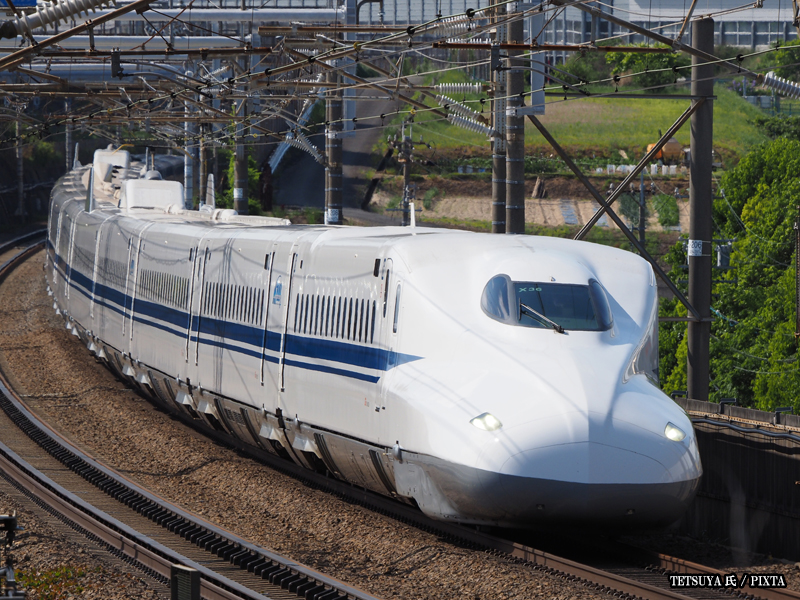
Photo for illustrative purposes
What to bring, wear, and expect at the venue
Spending a full day at Suzuka Circuit means being prepared for long hours, large crowds, and changing weather. Here’s what to keep in mind.
- Essentials:
Bring your ticket, a portable phone charger, and plenty of cash. While more vendors now accept cards, some are still cash-only. Comfortable walking shoes are also a must—you’ll be on your feet and covering a lot of ground. - Sun protection:
Pack a hat, sunglasses, and high-SPF sunscreen. (Note: Sunscreens sold in Japan max out at 50 SPF, so if you need more protection, consider covering up or bringing a stronger product from your home country). - Rain gear:
Japanese weather can be unpredictable. A compact umbrella or lightweight rain jacket is highly recommended. - Ear protection:
F1 cars are extremely loud. Earplugs or earmuffs are important for comfort and hearing safety, especially for children. - Food and drink:
On-site food stalls are convenient but often pricey and packed with people. Bringing your own snacks and a refillable water bottle can save time and money—just be sure to check the latest circuit rules on outside food and drink. - Merchandise:
Expect plenty of official F1 and team merchandise for sale. To avoid long lines, aim to browse outside of peak times. - Atmosphere:
The energy is intense but friendly. Japanese F1 fans are known for their enthusiasm and courtesy. Take time to enjoy the fan zones, driver appearances, and other race-weekend activities.
Where to stay and what to do around Suzuka
Hotels near Suzuka Circuit book up fast, and prices often rise sharply during Grand Prix weekend. That said, it’s best to reserve accommodations as early as possible, ideally as soon as you have your tickets. Some areas to consider staying include the following.
- Near the circuit: The Suzuka Circuit Hotel is the most convenient place to stay, located right within the circuit complex. However, it’s in high demand and sells out quickly. Other options in Suzuka City or neighboring areas like Yokkaichi or Kuwana offer closer access than the major cities, though local transit may still be required.
- Nagoya:
A popular base for many racegoers, Nagoya has a wide selection of hotels, dining options, and other conveniences. Though it requires a commute of about 1 to 1.5 hours each way (train plus shuttle), the ease of staying in a larger city often makes the commute worthwhile. - Osaka/Kyoto:
Staying in these larger cities is also an option, especially if you plan to combine the Grand Prix with sightseeing. However, daily travel to the circuit takes longer (typically 2 to 3 hours each way via transit).
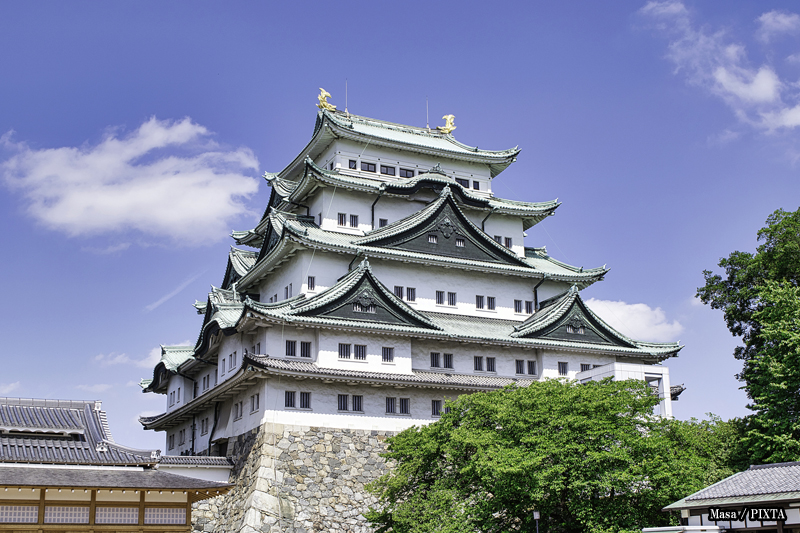
Photo for illustrative purposes
Things to do around Suzuka (or in Nagoya)
- Suzuka Circuit Park:
Includes rides and attractions, especially convenient for guests staying at the on-site hotel. - Nagoya Castle:
A historic landmark and the first castle in Japan to be recognized as a National Treasure. - Toyota Commemorative Museum of Industry and Technology:
This museum gives car lovers a detailed look at Toyota’s history and innovations. - Sakae district (Nagoya):
A busy shopping and nightlife hub with plenty of food and entertainment. - Ise jingū (Mie Prefecture):
One of Japan’s sacred Shinto shrines and a popular day trip destination if you’re based in Suzuka or Nagoya.
Related articles
Learn about travel times, seat options, and how to book your bullet train journey smoothly at “Tokyo to Nagoya by Shinkansen: Train Types, Seats, and Tips.”
Discover must-see attractions, cultural spots, and local favorites in Nagoya at “Top 9 Things to Do in Nagoya for First-Time Visitors.”
Final thoughts: Make the most of your first F1 experience in Japan
Attending the Japanese Grand Prix at Suzuka is more than just watching a race: it’s an immersive experience shaped by world-class motorsport, dedicated fans, and Japan’s efficient infrastructure. With a bit of planning around tickets, transportation, and logistics, you’ll be set to enjoy everything the weekend has to offer. Whether you’re there for the competition, the spectacle, or the atmosphere, your first F1 trip to Japan will be an unforgettable experience.
